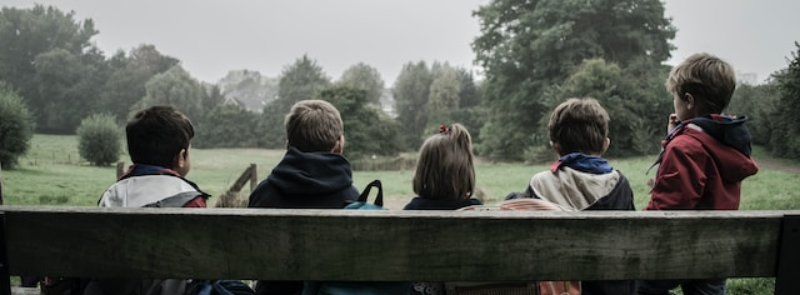
When It Occurs
Every November 20th
Official Website
Timeline
Days Passed (230)
# Hashtags
#WorldChildrensDay #ChildrenWelfare
Children's Day is an annual commemorative event dedicated to honoring children, with the date of observance varying by country. The first proclamation of International Children's Day occurred in 1925 during the World Conference on Child Welfare in Geneva. Since 1950, it has been celebrated on June 1 in many countries. World Children's Day, observed on November 20, marks the commemoration of the Declaration of the Rights of the Child by the UN General Assembly on November 20, 1959. In certain regions, it is observed as Children's Week rather than Children's Day. Sikhs celebrate Children's Day from December 20 to December 27. In the U.S., Children's Day is celebrated on the second Sunday of June.
History and Origins
-
Establishment: World Children’s Day was established by the United Nations General Assembly in 1954 to promote international togetherness, awareness among children worldwide, and improving children's welfare.
-
Universal Children’s Day: Originally observed on November 20th, it coincides with the anniversary of the adoption of the Declaration of the Rights of the Child in 1959 and the Convention on the Rights of the Child in 1989, which outlines the rights of children around the world.
Objectives
-
Promote Children’s Rights: Raise awareness about the importance of children’s rights and advocate for their protection, survival, and development.
-
Celebrate Childhood: Celebrate the joy and innocence of childhood while acknowledging the challenges and issues that children face globally.
-
Empower Children: Provide opportunities for children to express their views and participate in decisions that affect their lives, promoting their empowerment.
-
Inspire Action: Encourage governments, organizations, and individuals to take action to improve the lives of children, particularly those who are marginalized or vulnerable.
Themes and Activities
-
Annual Themes: Each year, World Children’s Day focuses on a specific theme related to children’s rights or issues affecting children globally. Themes have included education, health, protection from violence, and child participation.
-
Educational Campaigns: Governments, NGOs, and schools organize educational campaigns to raise awareness about children’s rights, child poverty, education, healthcare, and other issues.
-
Events and Activities: Various events and activities are held worldwide, including rallies, marches, cultural performances, art exhibitions, and sports activities to celebrate children’s achievements and promote their well-being.
-
Policy Advocacy: Advocacy efforts are intensified to influence policies and laws that promote and protect children’s rights at local, national, and international levels.
-
Media Coverage: Media outlets play a crucial role in raising awareness about children’s rights issues and highlighting success stories and challenges faced by children globally.
Global Impact and Significance
-
Children’s Rights: World Children’s Day reinforces the principle that every child has the right to survival, protection, development, and participation, as enshrined in the Convention on the Rights of the Child.
-
Public Awareness: The observance increases public awareness about the challenges facing children, including poverty, discrimination, violence, exploitation, and lack of access to healthcare and education.
-
Policy Changes: It encourages governments to prioritize children’s rights in policies, legislation, and budget allocations, leading to improved child welfare and development outcomes.
-
Community Engagement: World Children’s Day promotes community engagement and mobilization to support children’s rights and create child-friendly environments where children can thrive.
Conclusion
World Children’s Day is a significant global observance that highlights the importance of protecting and promoting the rights of children worldwide. By raising awareness, advocating for policy change, and celebrating children’s achievements, the day aims to create a better world where every child can enjoy a safe, healthy, and fulfilling childhood. It encourages individuals, organizations, and governments to prioritize children’s rights and take concrete actions to ensure their well-being and future prospects.


